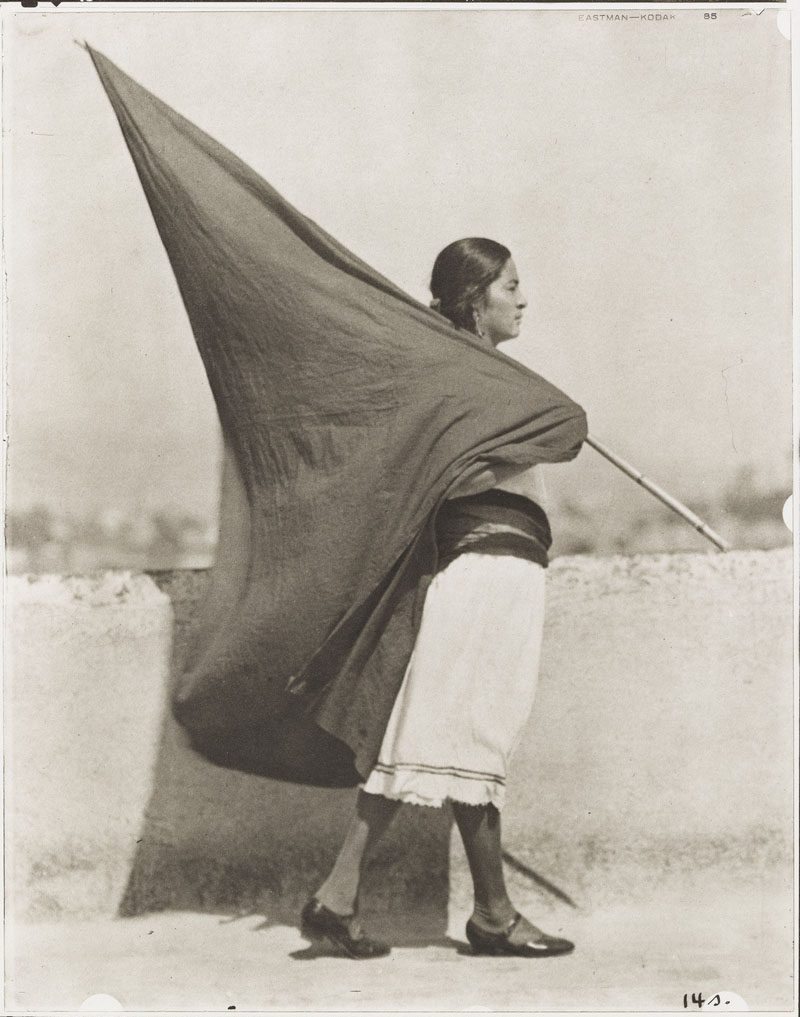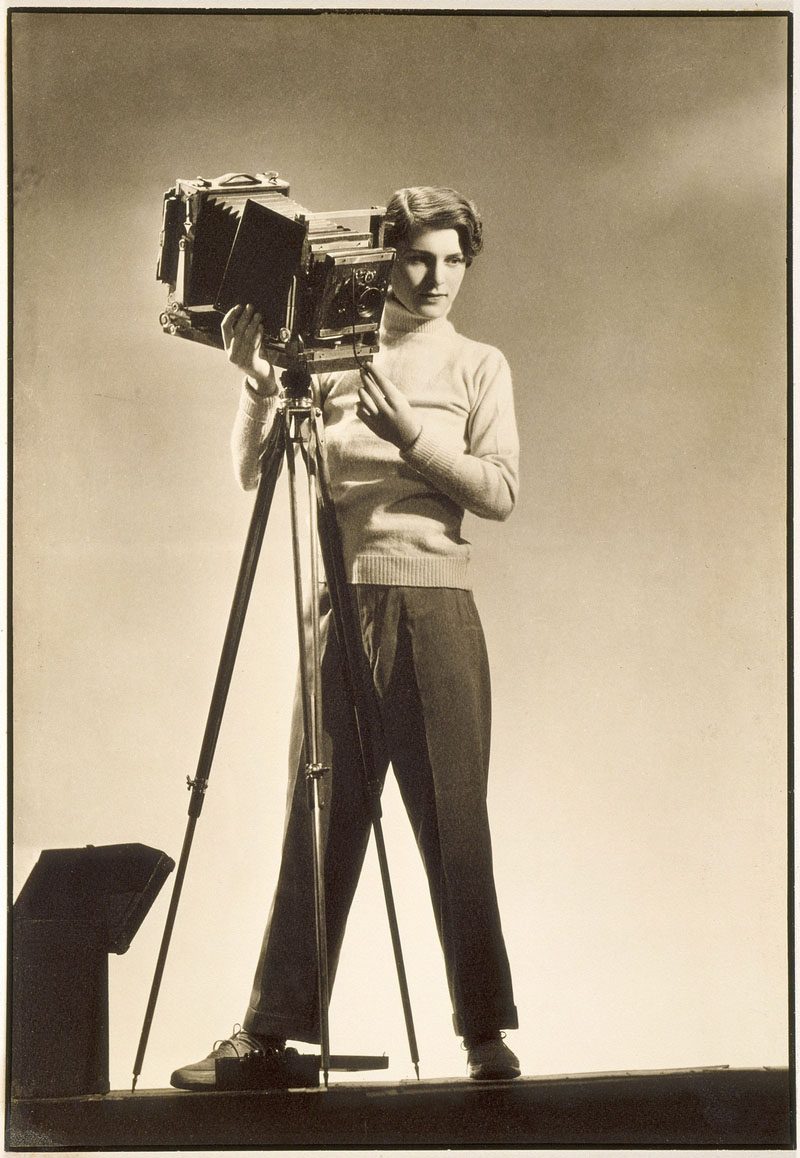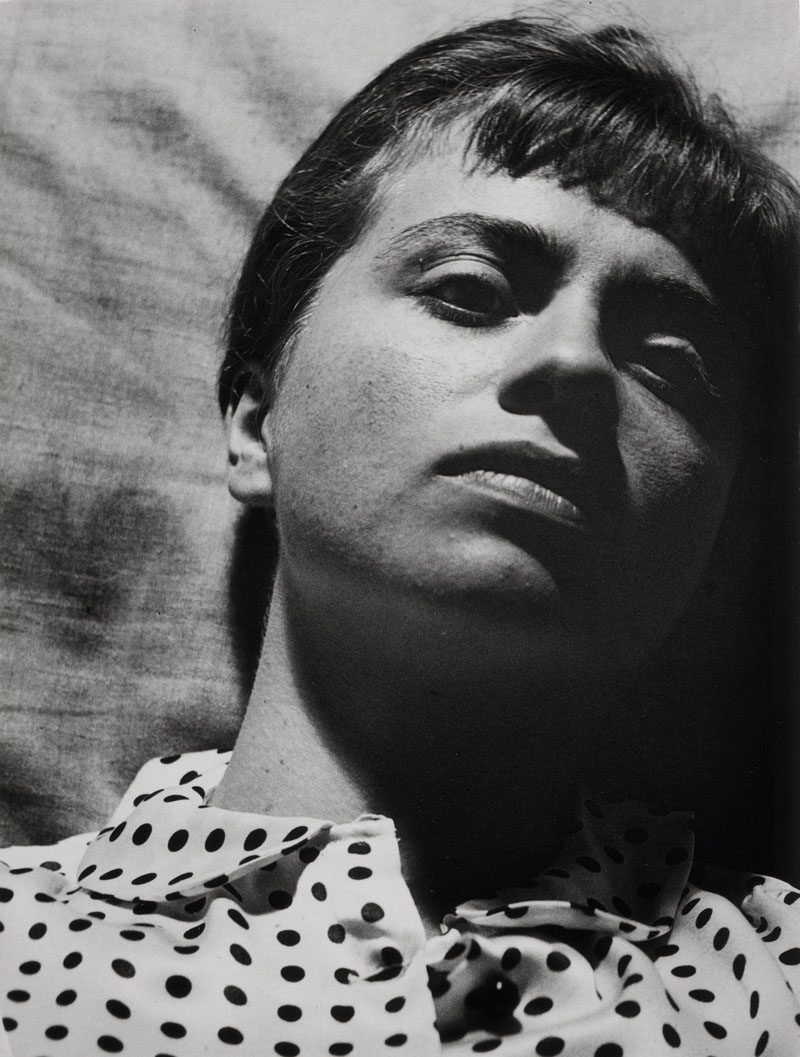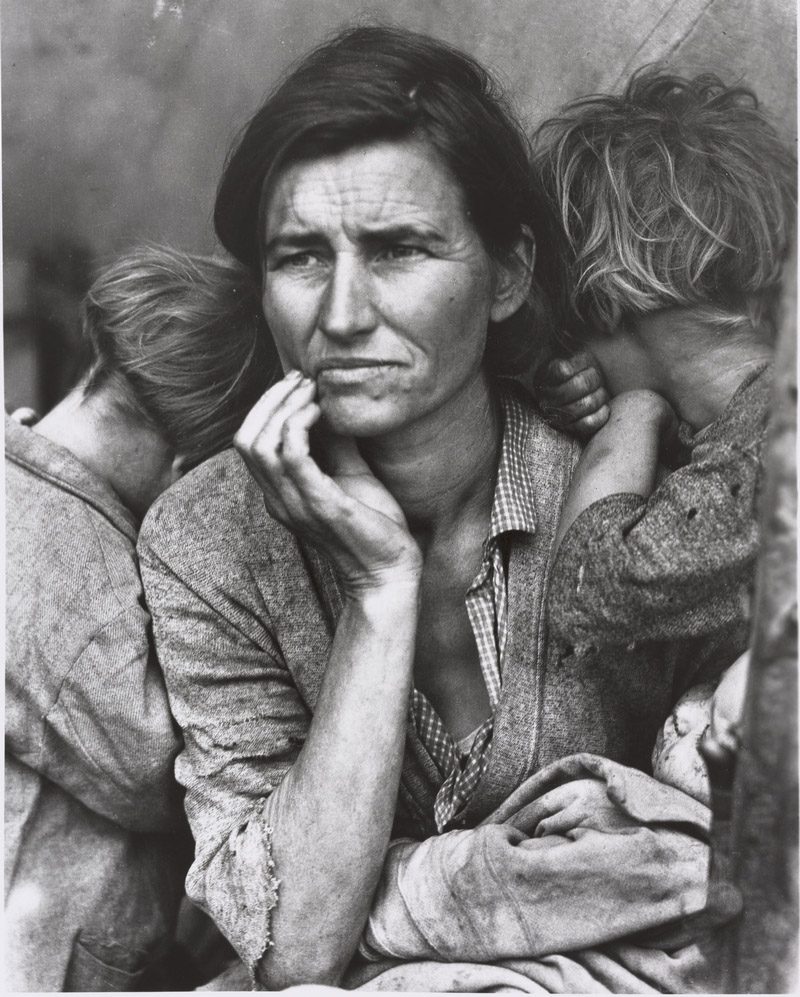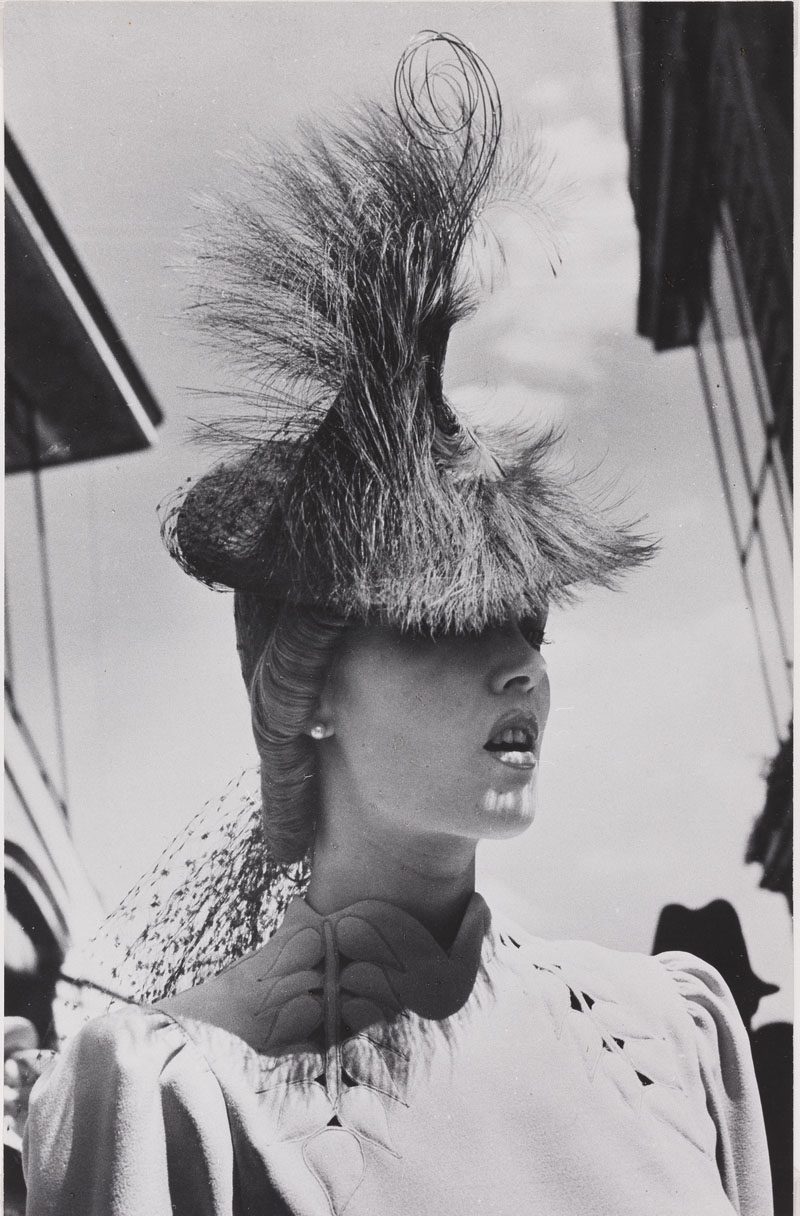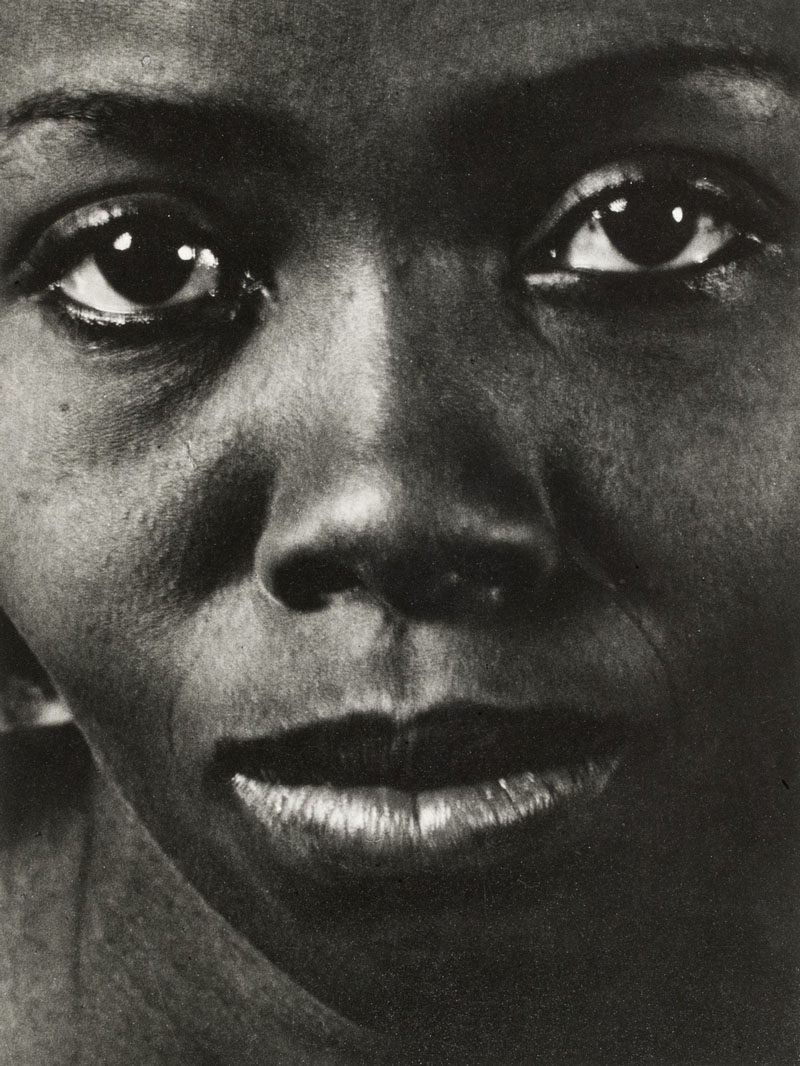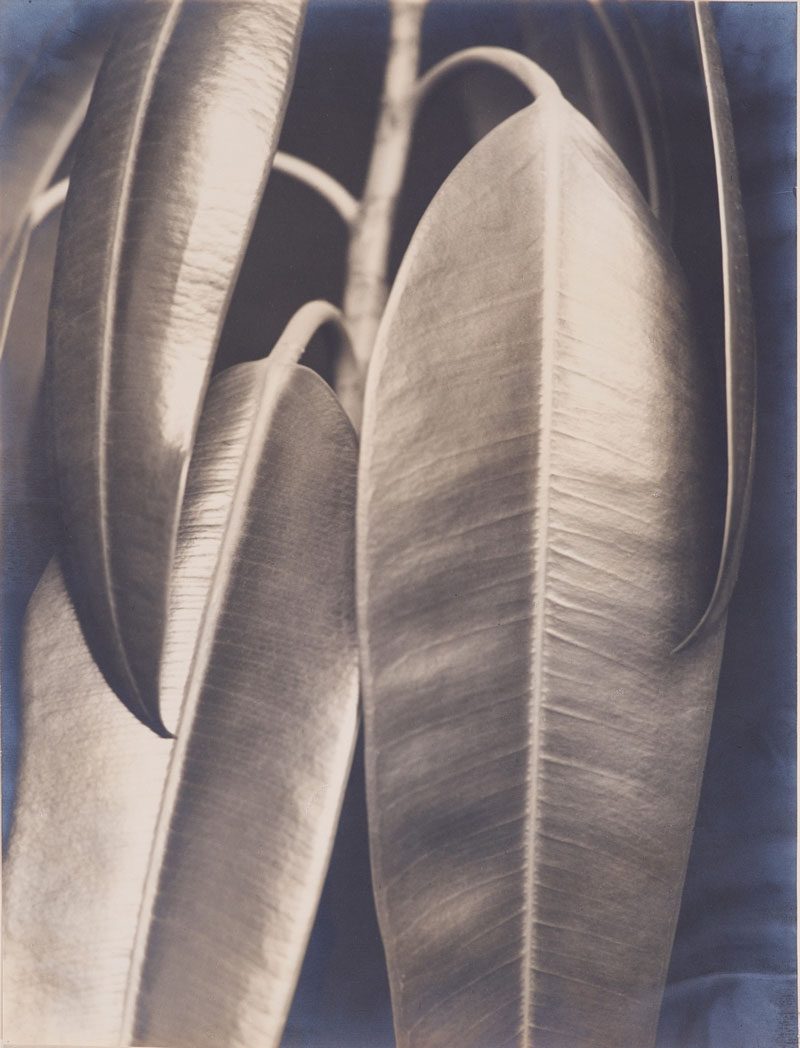PHOTO:Who is afraid of women photographers? Part II 1919-1945
 Female photographers and their work have been overlooked and undervalued for many decades, especially during photography’s early years. For this exhibition, Musée d’Orsay is unearthing the overshadowed talents of female photographers from the birth of photography in 1839 through 1945. Amateurs from the upper classes or true professionals at the turn of the 19th to 20th Century, women played a major role as creators in the development of photography.
Female photographers and their work have been overlooked and undervalued for many decades, especially during photography’s early years. For this exhibition, Musée d’Orsay is unearthing the overshadowed talents of female photographers from the birth of photography in 1839 through 1945. Amateurs from the upper classes or true professionals at the turn of the 19th to 20th Century, women played a major role as creators in the development of photography.
By Dimitris Lempesis
Photo: Musée d’Orsay Archive
The coal of the exhibition “Who is afraid of women photographers?”, is to display the singular and progressive relation between women and photography, showing the characteristics and the remarkable aspects of this production according to the given historical, social and cultural context, from the invitation of the photography in 1839 until 1945. The exhibition is divided in two parts following chronological order. The first part “1839-1919” is on presentation at Musée de l’Orangerie, brings together known and unknown masterpieces. In the aftermath of World War I, many women photographers contributed to the birth of modern photography. They played an active role in the institutionalisation of the field and thus gained access to a form of legitimacy. For these women, being a photographer became a job with multiple dimensions and applications. The work of these women is on presentation at the Musée d’Orsay under the title “Who is afraid of women photographers? 1918-1945”, these are The subversive use of codes: that shows not only works by the well-known Imogen Cunningham, Madame Yevonde, AenneBiermann, Lee Miller, Dora Maar, Helen Levitt, but also works by the Danish photographer Mary Willumsen, who was arrested in 1920, because her photos were felt to veer too far towards the erotic, also the nude photos by the Austrian Trude Fleischmann that were confiscated by the Berlin Police and the German photographer Gisèle Freund, who took refuge in Paris to escape Nazi persecution. The self-portrait and staging of one’s self: However, self-portraits of women in the 19th century are scarce. It was not until the ‘20s that baring one’s body, disguises and blurring of identities became favourite subjects. The mirror and the lens were more than just the objects of optical curiosity which they represented for men. They were a medium for introspection, exploring identity and sexuality and distancing oneself from the social associations of the traditional roles. A self-portrait depicting a woman as a photographer is a type of visiting card designating her professional status. It is an expression of technical and aesthetic intent. The manifesto: a form which turns writing into action and is designed to express an agenda, was also adopted by Dorothea Lange, Germaine Krull and Tina Modotti. For their part, Laure Albin Guillot and Berenice Abbott published textbooks with experiments and advice aimed at students and trainee photographers. Lastly, Gisèle Freund and Lucia Moholy were strongly influenced by the model offered by the social sciences and breathed new life into the history of photographyThe section: The conquest of new broadcast markets: In the first half of the 20th century, women conquered every realm of the (male) world in large numbers. They took control of genres which had previously been taboo. The rise of the illustrated press, which was facilitated by new photomechanical processes, meant that fashion and advertising offered women professional outlets and financial independence. As journalists, writers, and researchers they used photography and film as recording instruments, as tools to analyse the societies they encountered, as well as a means of emancipation and self-discovery. Finally dozens women from every country received accreditation and commissions to cover World War II. Armed conflict was the last remaining male bastion to conquer. For many of these women, the camera became a weapon, a means of offering resistance, defending shared values and fighting for freedom.
Info: Who is afraid of women photographers? 1839-1945, General Curator: Ulrich Pohlmann Curator: Marie Robert, Musée d’Orsay, 1 Rue de la Légion d’Honneur, Paris, Duration: 14/10/15-24/1/16, Days & Hours: Tue, Wed & Fri-Sun 9:30-18:00, Thu 9:30-21:4, www.musee-orsay.fr
